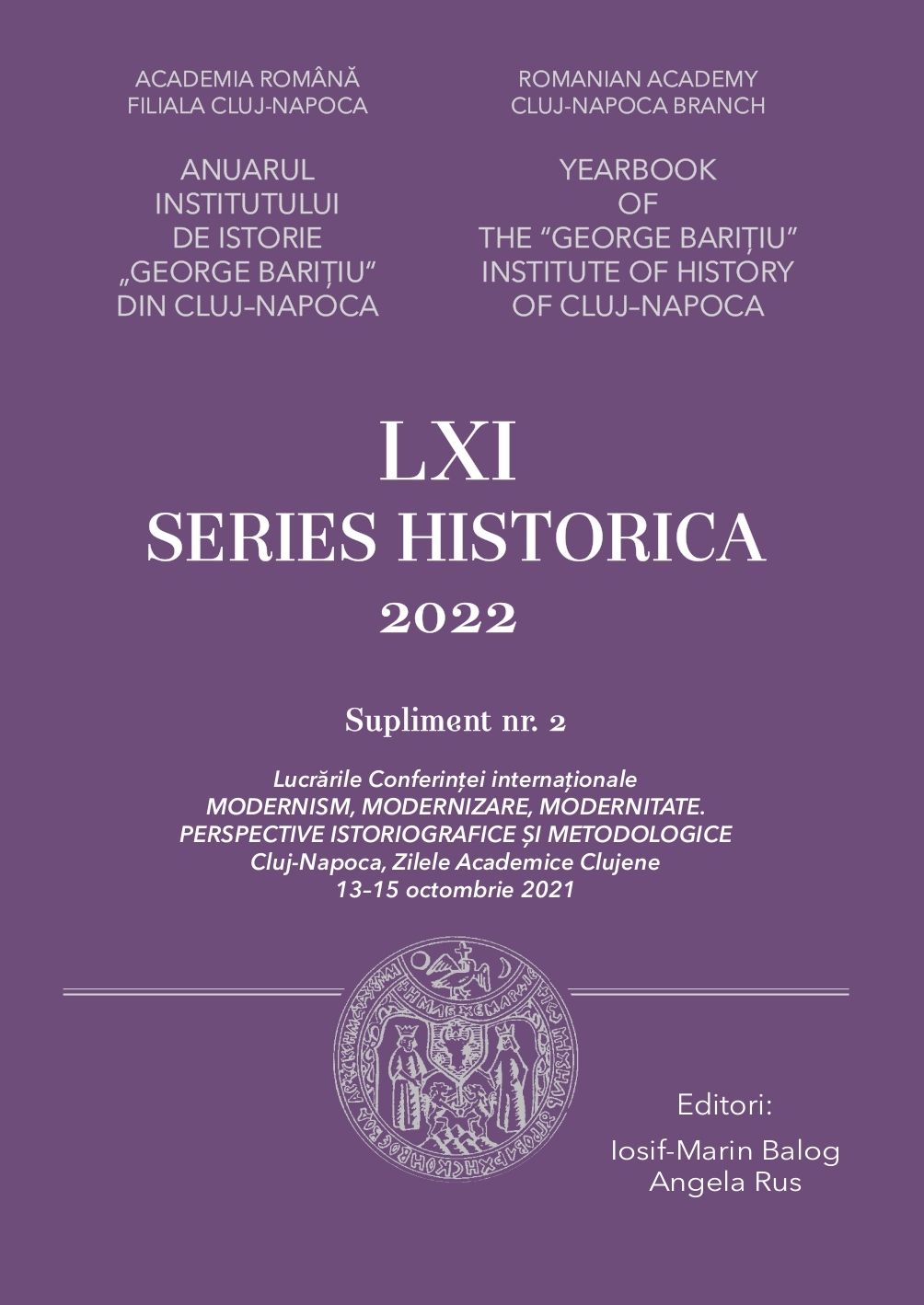Elemente de modernitate în activitatea de urmărire a infractorilor în Transilvania secolelor XVIII-XIX. Identificarea criminalistică pe baza semnalmentelor descrise în ordinele guberniale
Elements of Modernity in the Pursuit of Criminals in Transylvania in the 18th-19th Centuries. Forensic Identification based on the Indications Described in the
Government Orders
Author(s): Gabriel-Virgil RusuSubject(s): History of Law, Criminal Law, Social history, 18th Century, 19th Century
Published by: Editura Academiei Române
Keywords: criminal proceedings; Transylvania; XVIII-XIX centuries; forensic identification; robbers, prosecutors; modernization;
Summary/Abstract: The pursuit of criminals in Transylvania had been an important activity in the effort to maintaining public order and peace at the level of local communities. If during the autonomous principality (XVI-XVII centuries) the search for criminals, thieves, rapists, arsonists, vagabonds, and other categories of criminals was organized at the level of local administrations, starting with the XVIII century, with the integration of Transylvania into the Austrian Empire we are witnessing a repositioning of the authorities against criminals and a resizing of the fight against crime. Criminal proceedings are now being created and implemented to prosecute known and unknown suspects on the basis of operative data and, as aspects of absolute novelty, on the basis of the description of reports and clothing by victims or witnesses, true elements of archaic or proto-criminal forensics. It went, practically, from the local, sporadic pursuit, to the general one, organized at the level of the Grand Principality, thanks to the pursuit orders, elements of modernity that definitely increased the efficiency of the judicial structures. A series of documents, mostly unpublished, discovered in the archives, allow us, based on exploring the case studies, to decipher the mechanisms of search, prosecution, detention, trial, and conviction of criminals. The present study presents some examples of this kind: criminals fleeing the scene, escaping from detention centers, fleeing from the administration's escort, robbed merchants and goods stolen by robbers. All this proves that, from a legal point of view, the Transylvanian society of the XVIII-XIX centuries was in a state of continuous dynamic, change and modernization.
Journal: Anuarul Institutului de Istorie »George Bariţiu« - Series HISTORICA - Supliment
- Issue Year: LXI/2022
- Issue No: 2
- Page Range: 75-85
- Page Count: 11
- Language: Romanian

